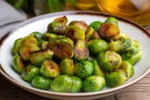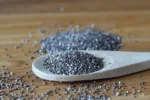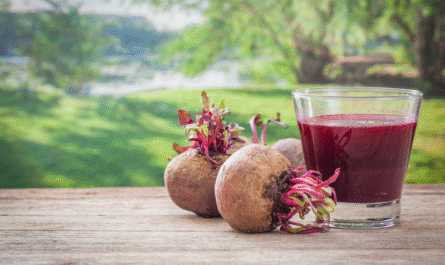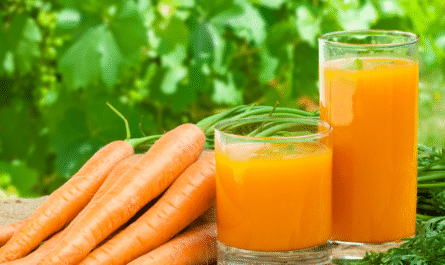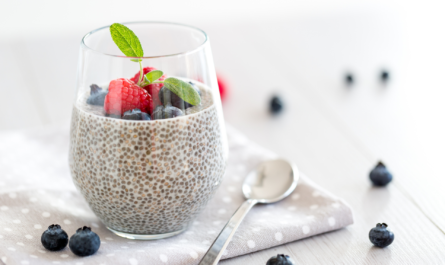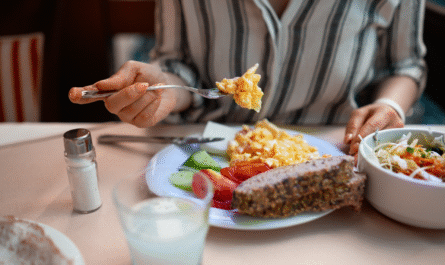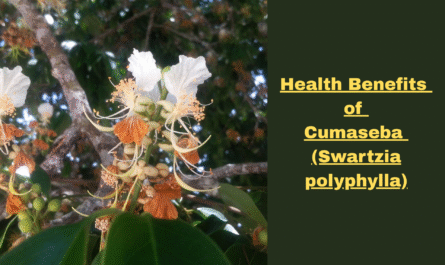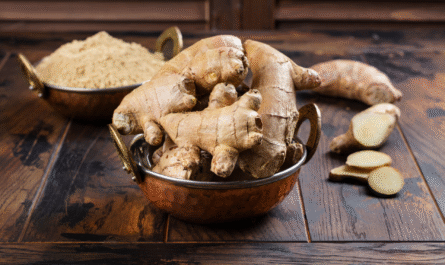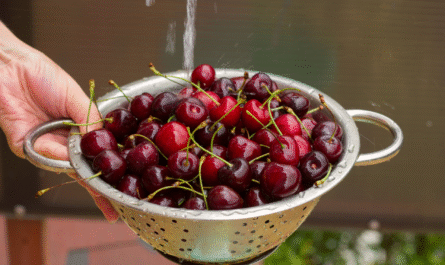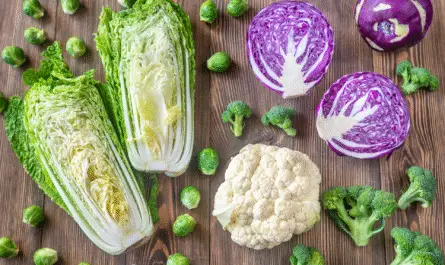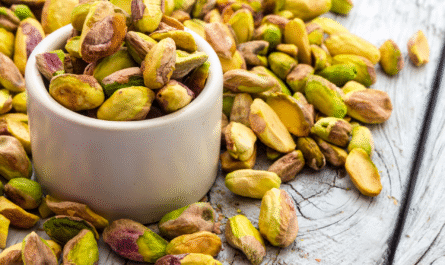Each year, nearly 800,000 people in the U.S. experience a stroke. As a health expert who’s spent years studying cardiovascular wellness and preventative care, I can tell you that while certain stroke risk factors, like age or genetics, are out of your control, what you eat every day is something you can manage. And that’s powerful.
Over time, consistent food choices shape your blood pressure, cholesterol levels, blood sugar regulation, weight, and even inflammation levels, all major players in your risk for stroke. In fact, I’ve seen firsthand how patients who adopt stroke-smart eating habits can reduce their risk and improve their overall health in dramatic ways.
Let’s break down eight foods that I strongly recommend to help reduce your stroke risk, along with the science behind them and how you can incorporate them into your lifestyle.
1. Leafy Greens
Leafy greens like spinach, kale, arugula, collards, and Swiss chard aren’t just “good for you” in a vague sense, they actively help reduce stroke risk. These vegetables are rich in dietary nitrates, which your body converts into nitric oxide, a molecule that relaxes blood vessels, enhances circulation, and lowers blood pressure.
Lowering blood pressure is critical. high blood pressure is the leading modifiable risk factor for stroke. In fact, research published in the European Journal of Epidemiology found that people consuming about 60 milligrams of vegetable-based nitrates daily had a 17% lower risk of stroke. That’s equivalent to a cup of leafy greens a day. Easy win.
Leafy greens also provide magnesium, potassium, vitamin K (which helps regulate blood clotting), and antioxidants that protect blood vessels from oxidative stress. I recommend tossing spinach in smoothies, sautéing kale with garlic, or using arugula as a peppery salad base. Just get it in your routine.
2. Fatty Fish
Fatty fish, like salmon, sardines, mackerel, and trout, are rich in EPA and DHA, two types of omega-3 fatty acids that fight inflammation, reduce triglycerides, and improve heart rhythm stability. These oils also help make your blood less likely to clot, key in reducing ischemic stroke risk (which accounts for 87% of strokes).
Omega-3s help maintain flexible arteries, which is vital for healthy blood flow. In multiple studies, higher fish consumption has been associated with lower stroke incidence. In one large cohort, those eating fatty fish 2–3 times a week had significantly lower risk of both ischemic and hemorrhagic stroke.
Fatty fish are also lean proteins, meaning they don’t come with the saturated fat load that red meats do. That makes them a smart swap. I often recommend grilling salmon with lemon and herbs or mixing sardines into a Mediterranean-style salad. Just aim for 2–3 servings per week.
Also Read: 6 Foods That Help Combat Fatty Liver Disease According to Experts
3. Walnuts
Walnuts are often underrated, but they’re cardiovascular gold. They’re one of the best plant-based sources of alpha-linolenic acid (ALA), a form of omega-3 that supports healthy blood vessels, reduces inflammation, and helps lower blood pressure. They also deliver fiber, magnesium, and antioxidants.
In a 2021 study published in Circulation, participants who ate ½ cup of walnuts daily for two years saw significant reductions in LDL cholesterol and improvements in vascular function. That’s no small feat when it comes to stroke prevention.
I recommend adding walnuts to oatmeal, tossing them on salads, or snacking on a handful in the afternoon. Just be mindful of portion sizes, as they are calorie-dense, but the benefits far outweigh the energy cost.
4. Oats
Oats are more than a breakfast staple, they’re a fiber powerhouse that supports heart and brain health. What makes oats especially stroke-protective is their high content of soluble fiber, which helps remove LDL cholesterol from your bloodstream and stabilizes blood sugar.
Blood sugar spikes damage blood vessels over time, increasing stroke risk. The beta-glucan in oats slows glucose absorption and reduces systemic inflammation. Plus, they’re a good source of magnesium and antioxidants that support vascular tone and function.
I advise my clients to choose minimally processed oats like steel-cut or old-fashioned, and cook them with unsweetened plant-based milk or water. Add berries and cinnamon, not sugar, for sweetness. Oats are also great in homemade energy bars or overnight oat jars.
5. Oranges (and Citrus Fruits)
Oranges and their citrus cousins, like grapefruits and lemons, are excellent for stroke prevention, thanks to their high levels of vitamin C, potassium, and polyphenols. These compounds reduce oxidative stress, relax blood vessels, and help lower blood pressure.
Soluble fiber is another major plus. Citrus fruits contain pectin, a type of fiber that binds with cholesterol in the digestive tract and helps reduce LDL. They’re also hydrating, low-calorie, and rich in anti-inflammatory flavonoids. One of these, hesperidin, has been linked to improved endothelial function (a measure of artery health).
Important note: Grapefruit can interfere with certain medications—especially statins—so talk to your doctor if you’re on prescriptions. But for most people, citrus is a fantastic, stroke-shielding addition to the diet.
6. Yogurt
Yogurt is a standout because of its triple-action impact: it delivers potassium, calcium, and probiotics, all of which support blood pressure regulation and lipid balance. Studies show that people who eat yogurt regularly have a lower risk of hypertension, a major driver of strokes.
Probiotics improve gut health, which in turn reduces systemic inflammation, a root cause of many chronic diseases, including stroke. And potassium works with sodium to regulate fluid balance and blood vessel contraction, easing pressure on artery walls.
I recommend going for unsweetened, low-fat, or full-fat Greek yogurt. Avoid high-sugar varieties that spike insulin and contribute to metabolic dysfunction. Add fresh fruit or a drizzle of honey if you need flavor. Or use yogurt as a creamy base for dressings and dips.
7. Beans and Legumes
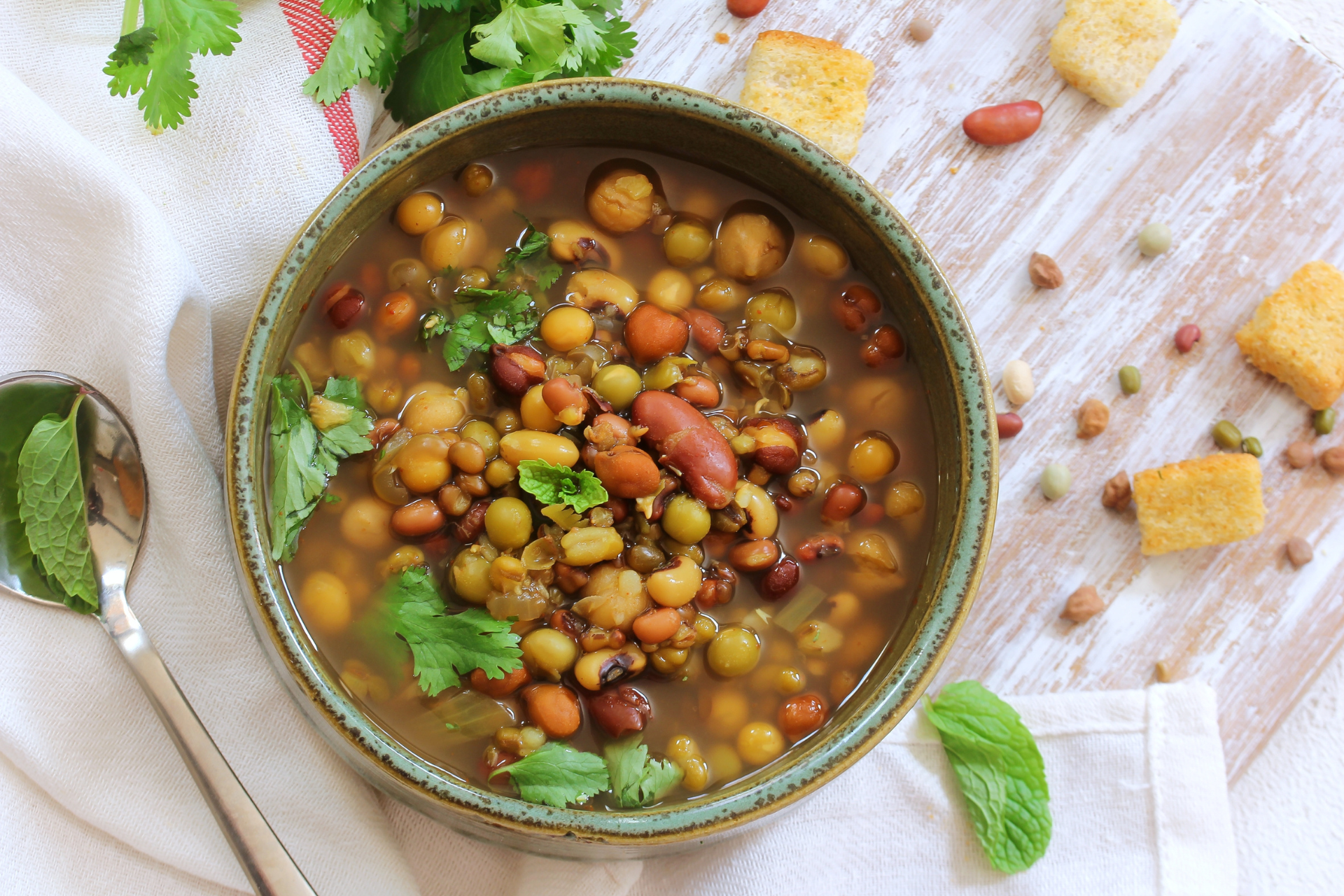
Beans, lentils, and peas are some of the most powerful foods for stroke prevention. They deliver plant-based protein, soluble fiber, potassium, and magnesium, all nutrients linked to reduced stroke risk. Plus, they’re naturally low in fat and contain zero cholesterol.
One key benefit is their ability to help you swap out saturated-fat-heavy meats. In a 2024 American Journal of Clinical Nutrition study, people who ate more plant protein had up to 27% lower risk of coronary disease compared to those eating more animal protein.
Incorporate legumes into chili, grain bowls, soups, or dips. Hummus, black bean tacos, lentil stews, there’s no shortage of options. They’re affordable, versatile, and incredibly stroke-smart.
8. Sweet Potatoes and Other Fiber-Rich Vegetables
Sweet potatoes, carrots, broccoli, pears, figs, and apples, what do they have in common? Soluble fiber. This type of fiber forms a gel in the gut that slows digestion, reduces cholesterol absorption, and moderates blood sugar levels.
Vegetables rich in fiber also tend to come with a host of antioxidants and anti-inflammatory compounds. Sweet potatoes, for example, contain potassium and beta-carotene, which support heart and vascular health. Broccoli offers sulforaphane, a compound known to reduce inflammation and oxidative stress.
Make sure your plate is colorful. I often recommend the “half-plate rule.” Fill half your lunch or dinner plate with vegetables or fiber-rich fruits. Roast them, steam them, air-fry them, just eat them daily.
Final Thought
The eight foods above aren’t magical on their own, but when you consistently build meals around them, the benefits compound. What’s even more important than any individual food is your overall eating pattern. The Mediterranean and DASH diets, both rich in the foods I listed, are scientifically validated to lower stroke risk and improve longevity.
Aim to eat whole, minimally processed foods. Reduce added sugar, sodium, and saturated fat. Cook more at home. Read labels. Stay hydrated. Exercise regularly. And yes, enjoy your meals. Food should nourish and satisfy.
Taking charge of your health isn’t about restriction; it’s about intelligent substitution and prioritization. As someone who has helped many people change the trajectory of their health, I can assure you: it’s never too late to start.
FAQs
Whole food sources like fatty fish are generally more beneficial because they also provide protein, vitamin D, and other nutrients. Supplements can help if you’re deficient, but talk to your doctor first. Yes. Even modest changes in diet and lifestyle can significantly reduce risk and improve your numbers. The earlier you start, the better the outcome. In moderation, yes. One egg per day is generally considered safe for most healthy individuals, especially if your overall diet is rich in fiber and low in saturated fat. Not necessarily. Focus on reducing portion sizes and frequency. Choose lean cuts and prioritize plant-based proteins most of the time to shift your overall risk profile. Is it better to get omega-3s from fish or supplements?
Can I reduce my stroke risk if I already have high blood pressure or high cholesterol?
Are eggs safe if I’m trying to lower my stroke risk?
Do I have to completely avoid red meat?



